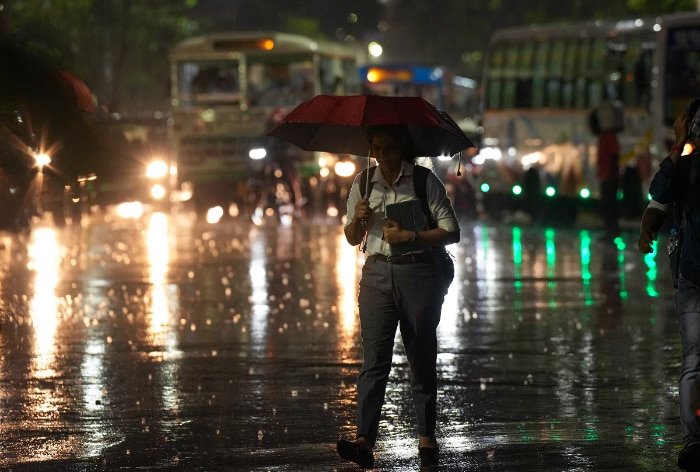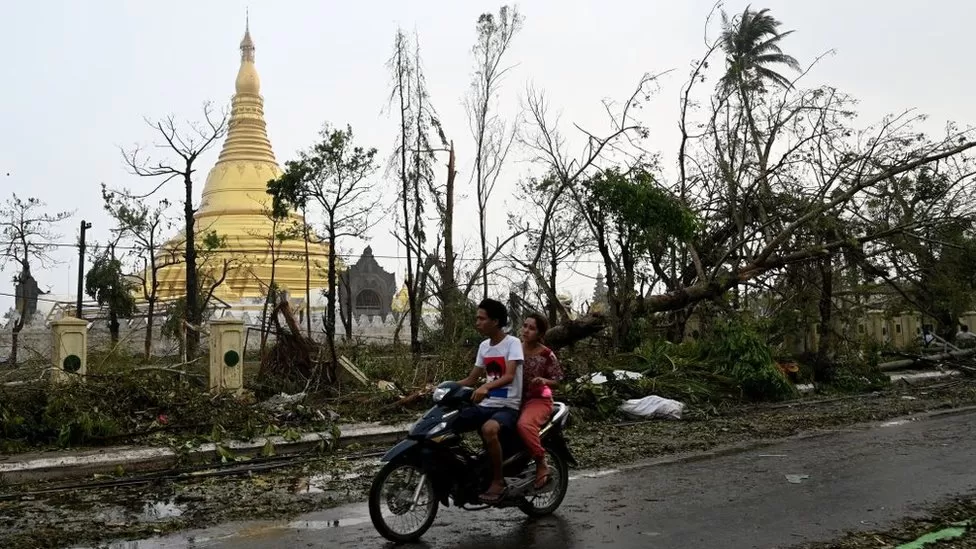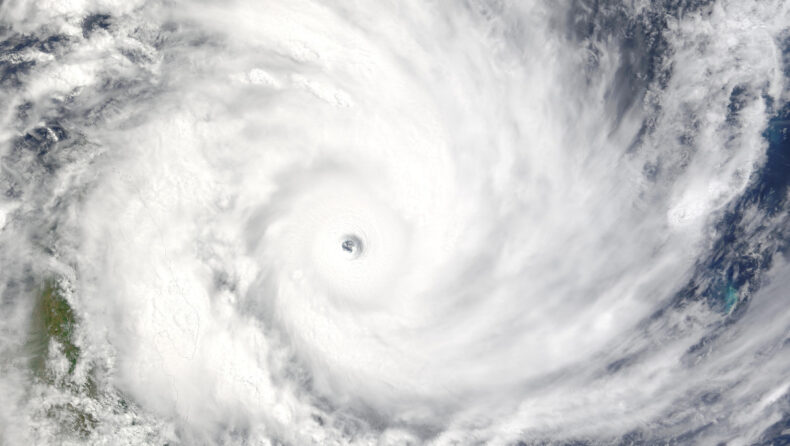At least nine people died and several others were injured in West Bengal as the powerful Cyclone Mocha made landfall along the coasts surrounding Bay of Bengal, leading to excessive damage in the southeastern coastlines. The storm intensified into a category-5 storm, forcing the evacuation of over 500,000 people in low-lying areas along the coastline.

Table of Contents
The Impact of Cyclone Mocha in India
In Mizoram, the cyclone damaged around 236 houses and eight refugee camps, leaving over 5,000 people affected. The Siaha district in Mizoram was the worst hit as 101 houses, including two relief camps, were damaged.
A 12-year-old girl was electrocuted after an overhead electric wire snapped and fell on her while she was returning home from her tuition classes. At least 6 people died due to the powerful cyclonic winds snapping electric wires and bringing down trees and electric posts all over the city of Kolkata. The incident also caused mass power cuts in districts such as South 24 Parganas and East Midnapore.

The Indian Meteorological Department (IMD) has advised fishermen not to venture into the sea along the coasts of West Bengal, Odisha, and Andhra Pradesh, as the sea condition is likely to remain rough due to the after-effects of Cyclone Mocha.
The Impact of Cyclone Mocha in Myanmar and Bangladesh
The cyclone first hit the Myanmar-Bangladesh coasts as a category-5 storm, causing widespread damage in the southeastern coastlines. The storm caused excessive damage and forced the evacuation of over five lakh people from low-lying areas. In Myanmar, six people were killed and over 700 were injured, while several people were injured in Bangladesh. The cyclone made landfall near Sittwe township with winds blowing up to 209 kilometers (130 miles) per hour, according to Myanmar’s Meteorological Department.

Bay of Bengal – A High Risk Area for Cyclones
The Bay of Bengal has a reputation for producing cyclones frequently. In comparison to its western coastline, India’s eastern coast is more vulnerable to cyclones and the devastation they cause. Nearly 58% of the cyclones created in the Bay of Bengal make landfall on the eastern shore, according to the National Cyclone Risk Mitigation Project (NCRMP).
There are a lot of factors that make the Bay of Bengal more prone to cyclones compared to the Arabian Sea. The Bay of Bengal is a shallow embayment, and the larger surface area of the bay allows faster heating causing higher evaporation. The Bay of Bengal is surrounded by land on three sides, generating additional moisture and instability. When a storm makes landfall, the low-lying coastal areas frequently flood. It is ideal for cyclone formation due to all of these factors.
The Bay of Bengal is also statistically known for causing the world’s highest cyclone-related deaths at 80%, according to the National Cyclone Risk Mitigation Project data.

Governments on High Alert as Mocha Cyclone Lingers
The cyclone season in the Bay of Bengal usually lasts from April to December. The government has taken several measures to mitigate the risk of cyclones, most importantly setting up the National Cyclone Risk Mitigation Project. The NCRMP has taken initiatives for disaster preparedness and prevention of cyclone-related hazards in India. The project aims to increase resilience and reduce vulnerability to cyclones and other natural disasters in coastal communities. It was launched in 2010 and covers all the coastal states and Union Territories along the Bay of Bengal and the Arabian Sea.
The Mocha Cyclone has caused immense damage and loss of lives in India, Myanmar and Bangladesh for the past two days. The three nations suffered severely. Although it has weakened, the storm remains a threat, and local governments continue to monitor the situation.













